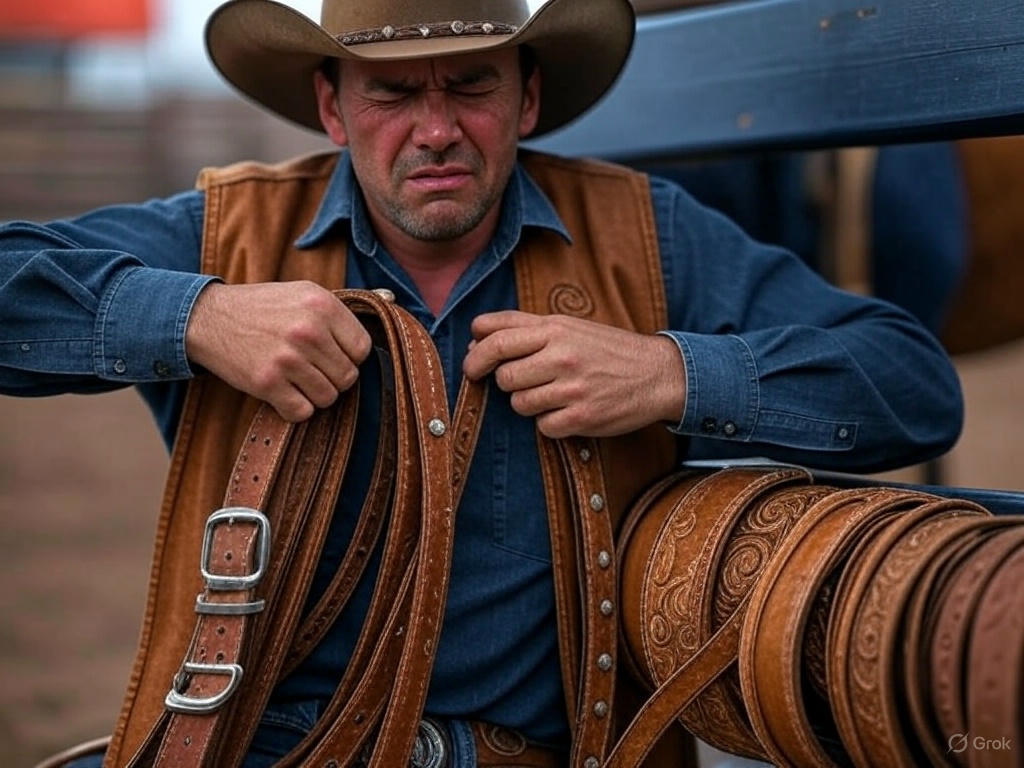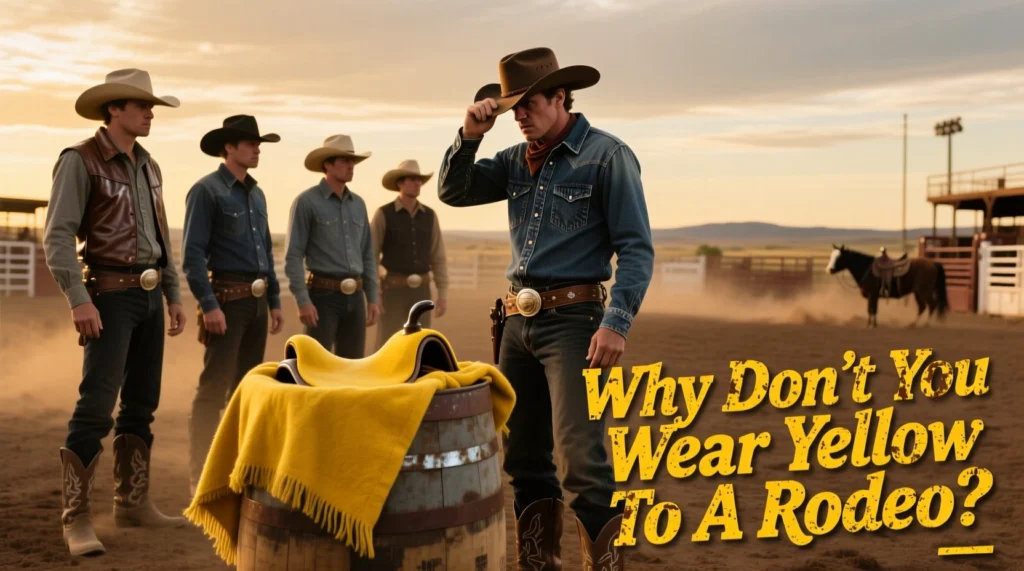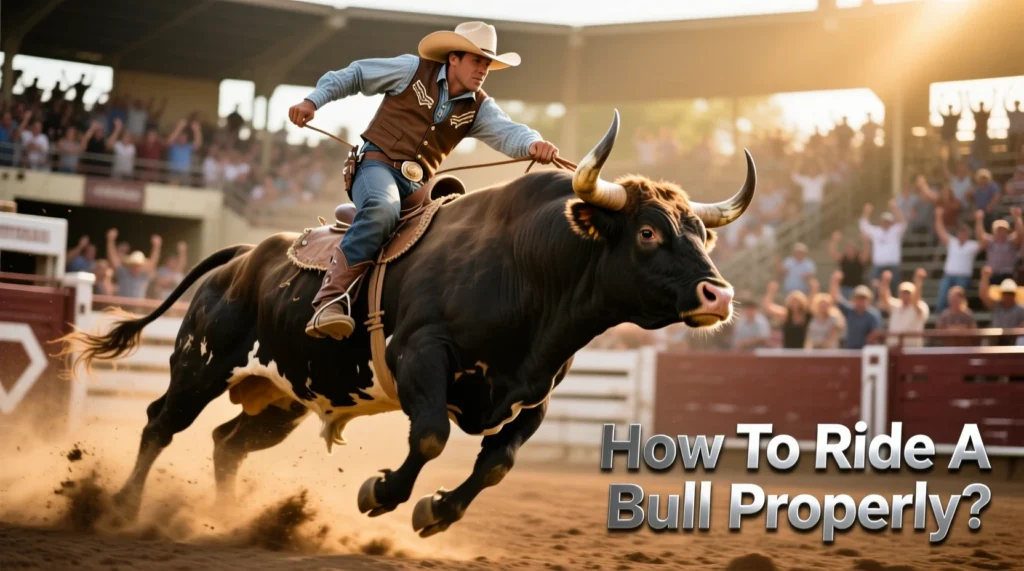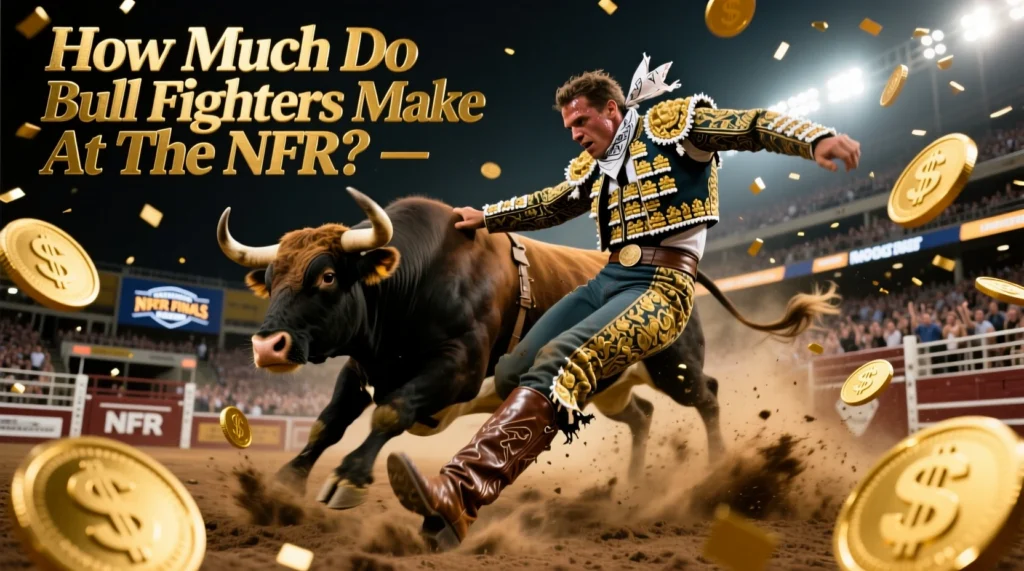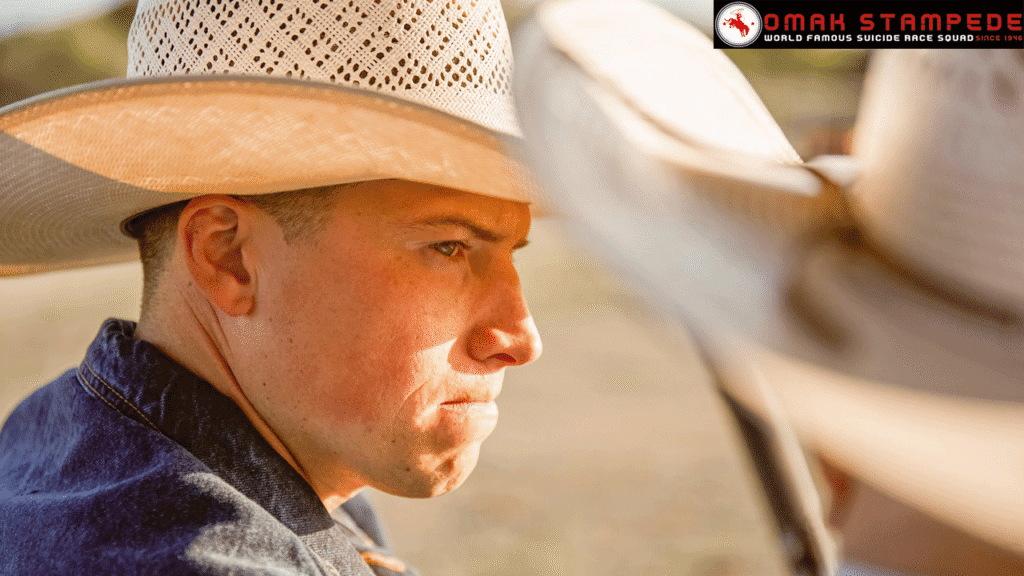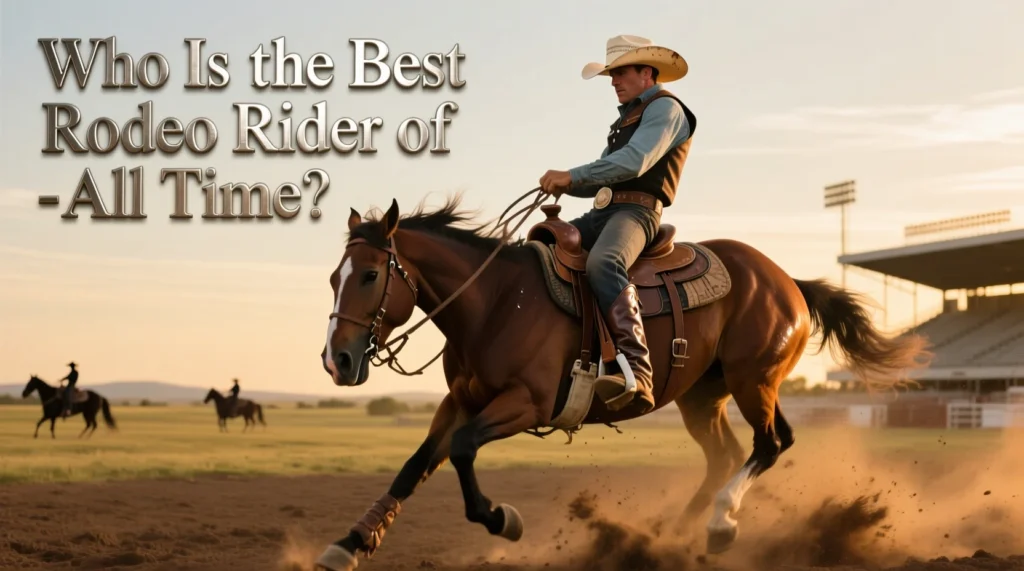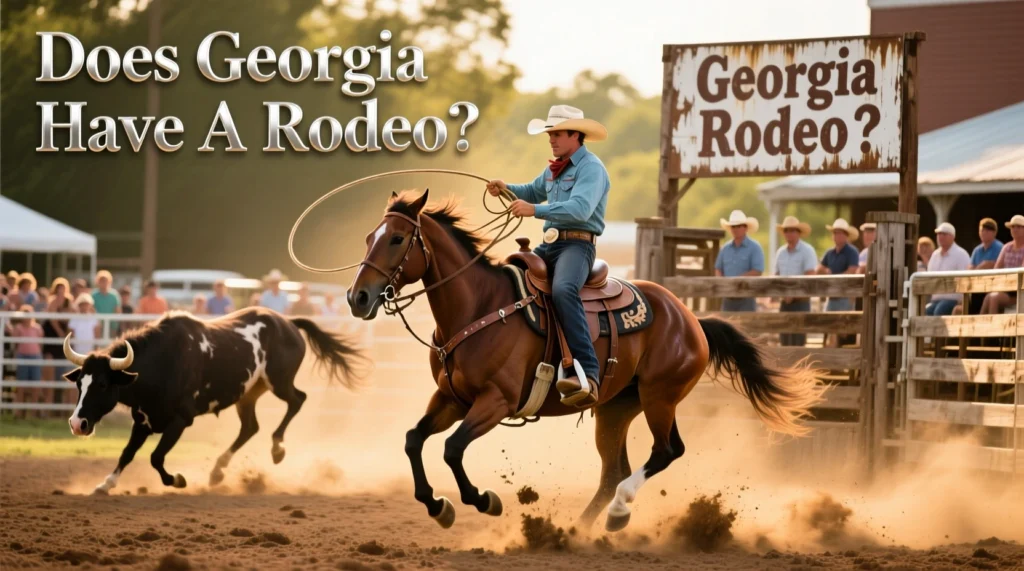Are Flank Straps Painful? The Truth About Rodeo Equipment & Animal Welfare. Discover whether flank straps cause pain in rodeo events. Learn how they work, scientific studies on animal stress, and modern safety regulations.
Table of Contents
The Flank Strap Controversy
Flank straps—a piece of equipment used in rodeo roughstock events—spark a heated debate among animal rights activists and rodeo professionals. Critics claim that leashes cause pain to animals, while supporters say they are harmless tools. This evidence-based guide examines how flank straps work, scientific research on animal stress, and the latest safety standards to answer: Are flank straps really painful?
What Is a Flank Strap?
- Encourage natural behavior: Stimulates animal instincts by mimicking wild behavior.
- Ensure fair competition: Creates a consistent booking pattern to score.
Key Features of Modern Flank Straps:
- Materials: Sheepskin, neoprene, or felt padding
- Width: 4–6 inches to distribute pressure
- Quick-Release: Removed immediately after the ride
The Pain Debate: Arguments from Both Sides
1. Claims of Cruelty
Animal rights groups (e.g., PETA) argue flank straps:
- Cause Discomfort: By irritating sensitive areas
- Force Unnatural Behavior: Making animals buck excessively
- Lead to Injuries: Chafing, bruising, or muscle strains
2. Rodeo Industry Rebuttals
Organizations like the PRCA (Professional Rodeo Cowboys Association) counter:
- No Pain Inflicted: Straps don’t tighten around genitals
- Natural Instincts: Bulls/broncs buck without straps in the wild
- Strict Regulations: Mandatory veterinary checks and padded straps
Scientific Evidence on Flank Straps & Animal Stress
1. Stress Hormone Studies
| Study | Findings |
|---|---|
| Colorado State University (2015) | No significant cortisol (stress hormone) spikes in bulls post-rodeo |
| University of Sydney (2018) | Horses showed similar heart rates with/without flank straps |
| PBR Veterinary Report (2022) | 0.08% of bulls had minor flank abrasions |
2. Behavioral Observations
- Bucking Without Straps: Bulls naturally buck to dislodge predators.
- Post-Event Behavior: Animals return to grazing calmly.
Read Web Story For Are Flank Straps Painful?
How Modern Rodeos Use Flank Straps Safely
1. PRCA Regulations
Mauney’s success attracted mainstream brands to PBR:
- Padding Required: No bare leather or metal buckles
- Fit Checks: Must allow two fingers between strap and animal
- Veterinary Oversight: Pre- and post-event inspections
2. PBR’s Enhanced Standards For Are Flank Straps Painful?
- Biodegradable Materials: Reduce chafing
- Pressure Sensors: Tested in 2023 to monitor tension
- Instant Removal: Strap released within 10 seconds of ride
Alternatives to Traditional Flank Straps
For critics still concerned, emerging options include:
| Alternative | How It Works | Adoption Rate |
|---|---|---|
| E-Straps | Uses vibration, not pressure | 12% of PBR events |
| Bucking Dummies | Mechanical practice tools | 90% of training |
| Genetic Selection | Breeding natural buckers | 45% of stock contractors |
Global Perspectives on Flank Straps
| Country | Flank Strap Rules |
|---|---|
| USA (PRCA/PBR) | Padded straps allowed |
| Canada (CRRA) | Same as PRCA |
| Australia (APRA) | Fleece lining required |
| UK | Banned since 1934 |
Expert Opinions
Dr. Peggy Larson (Veterinarian, Anti-Rodeo):
“Even padded straps can cause psychological stress by forcing unnatural movements.”
Dr. Jim Heird (Equine Scientist, Pro-Rodeo):
“Decades of data show that leashes do not harm animals when used correctly. It’s about proper training and maintenance.”
Balancing Tradition & Ethics
Current evidence suggests that properly designed flank straps do not cause pain when used under strict regimens. However, ongoing innovations like pressure sensors and e-straps aim to eliminate concerns altogether. For rodeo fans, understanding these safety precautions helps separate reality from fear.
